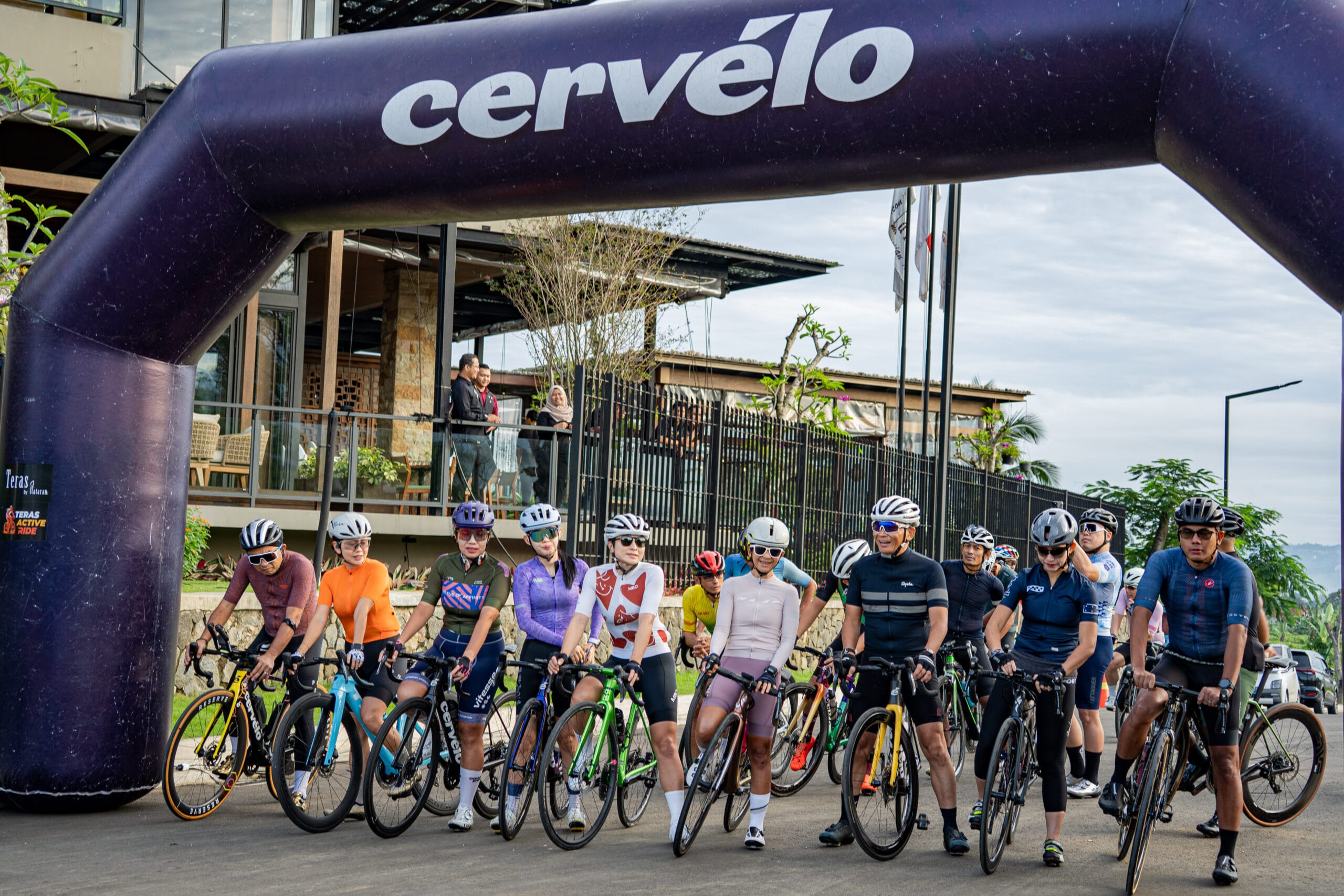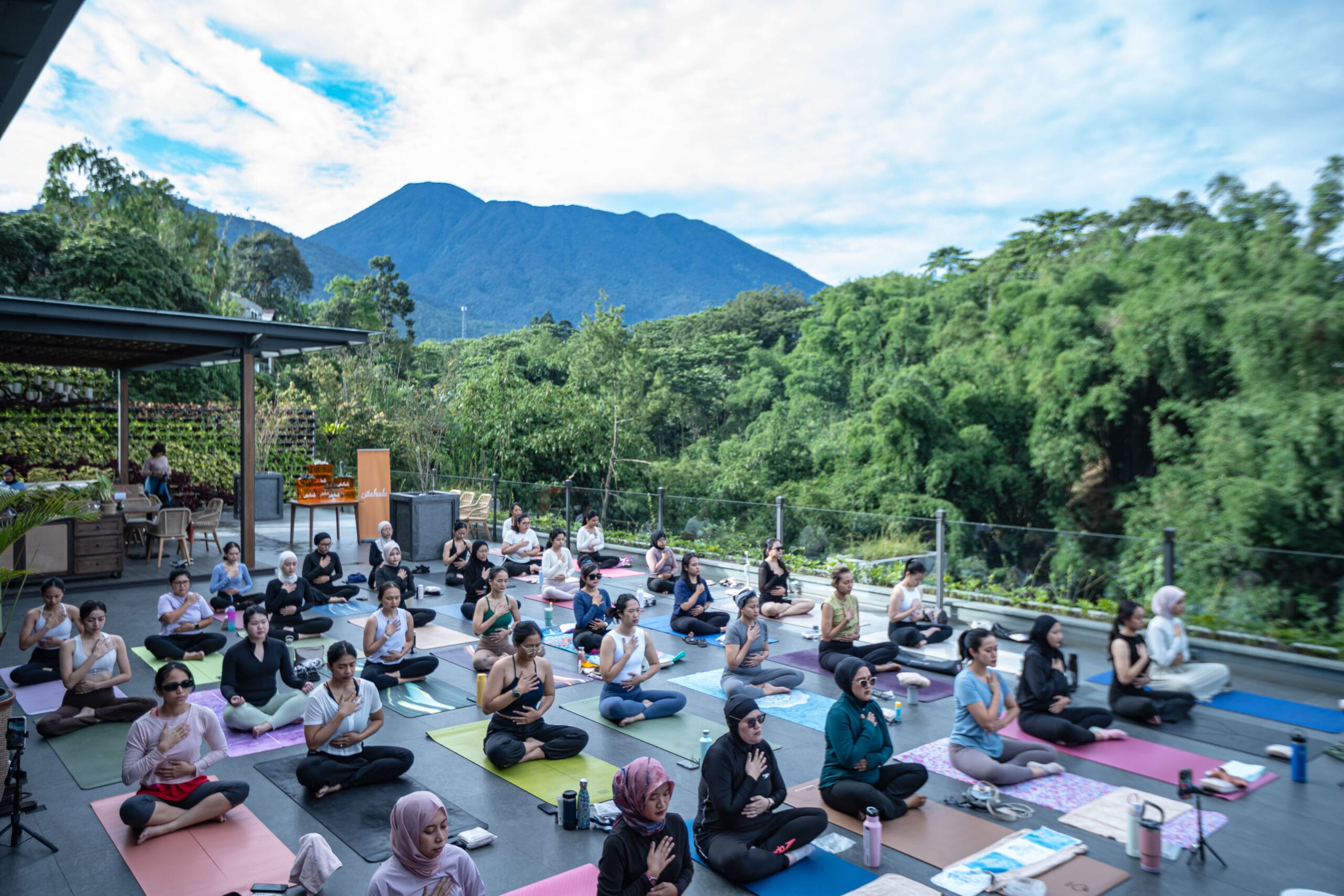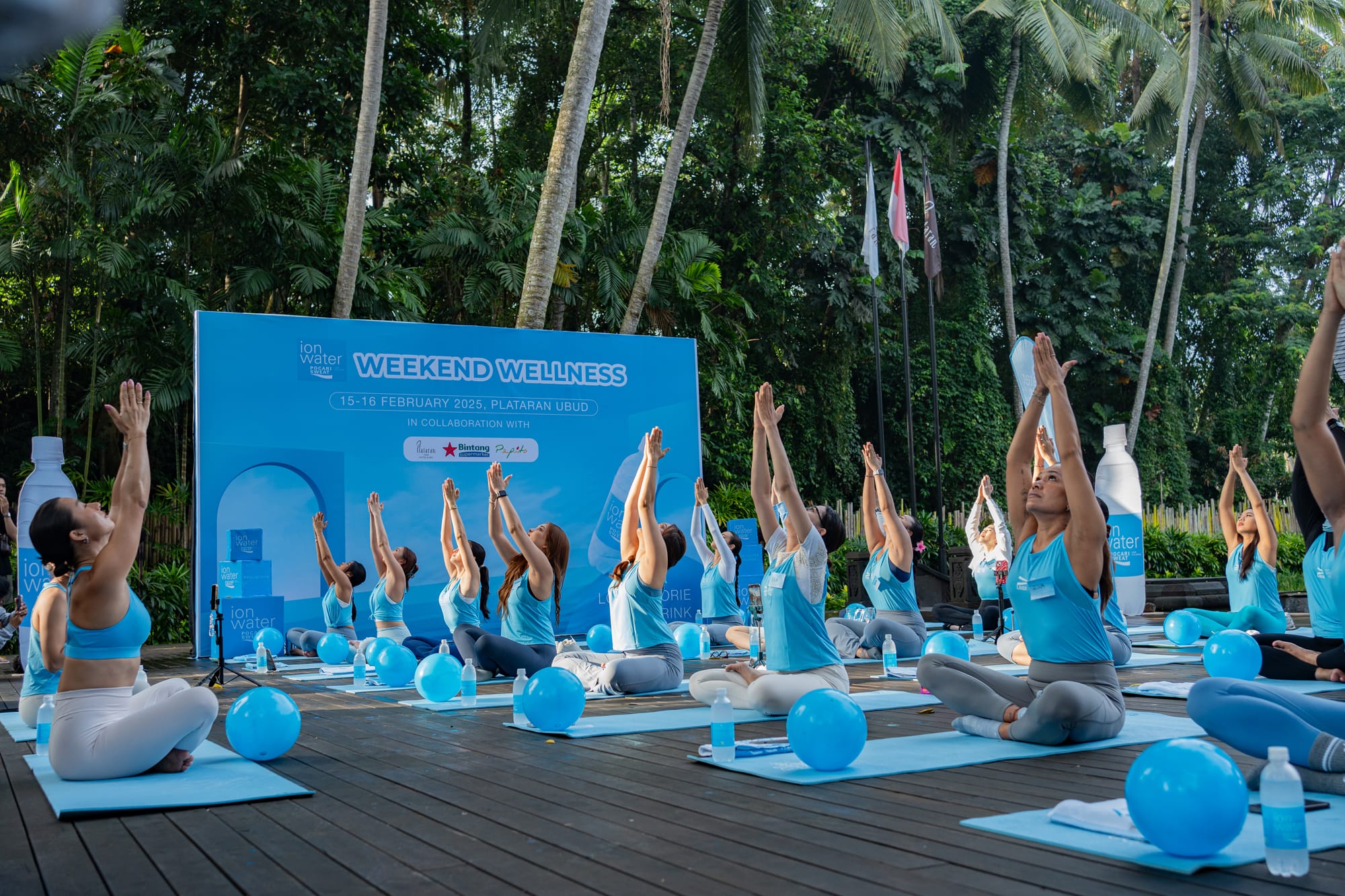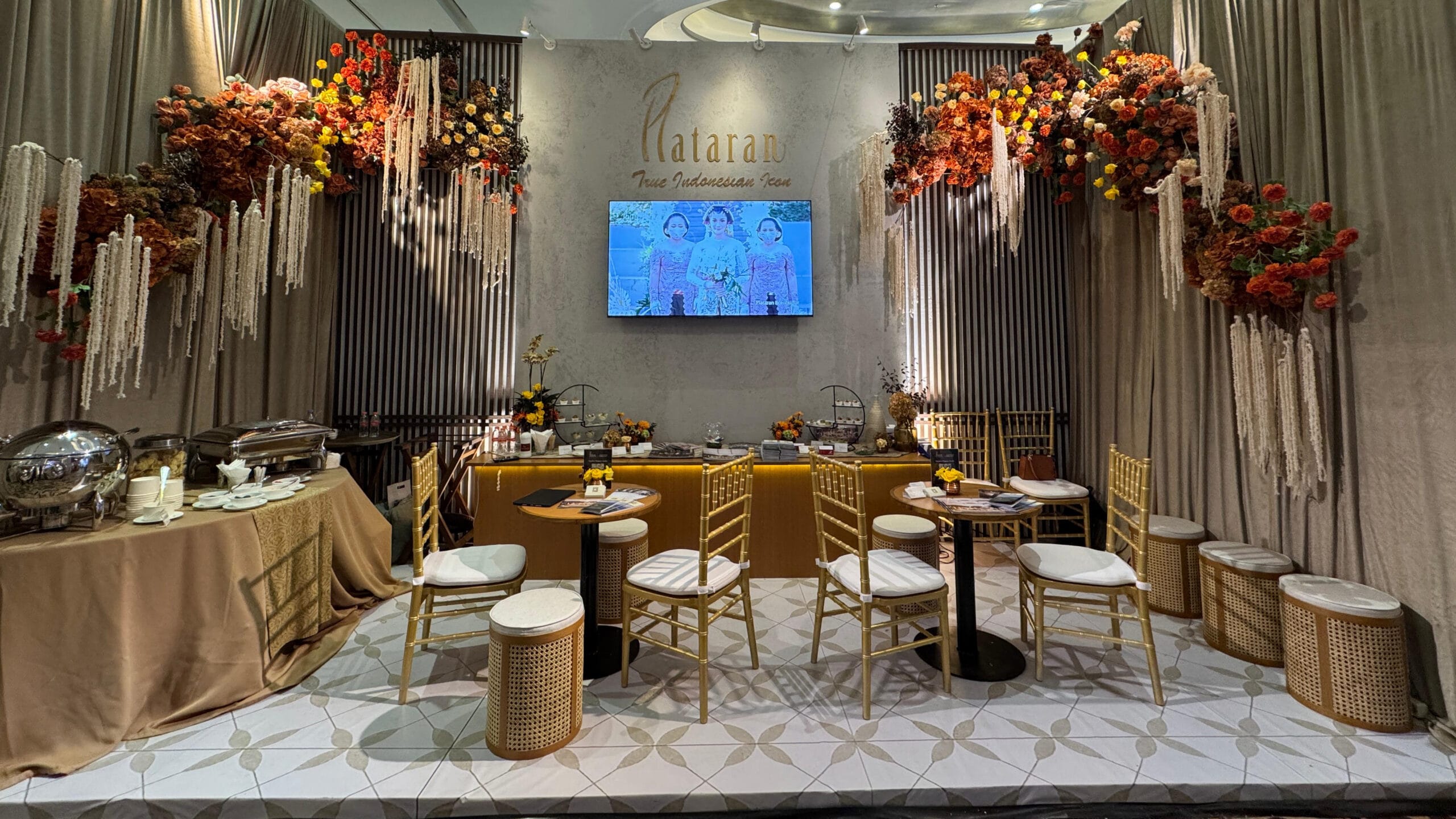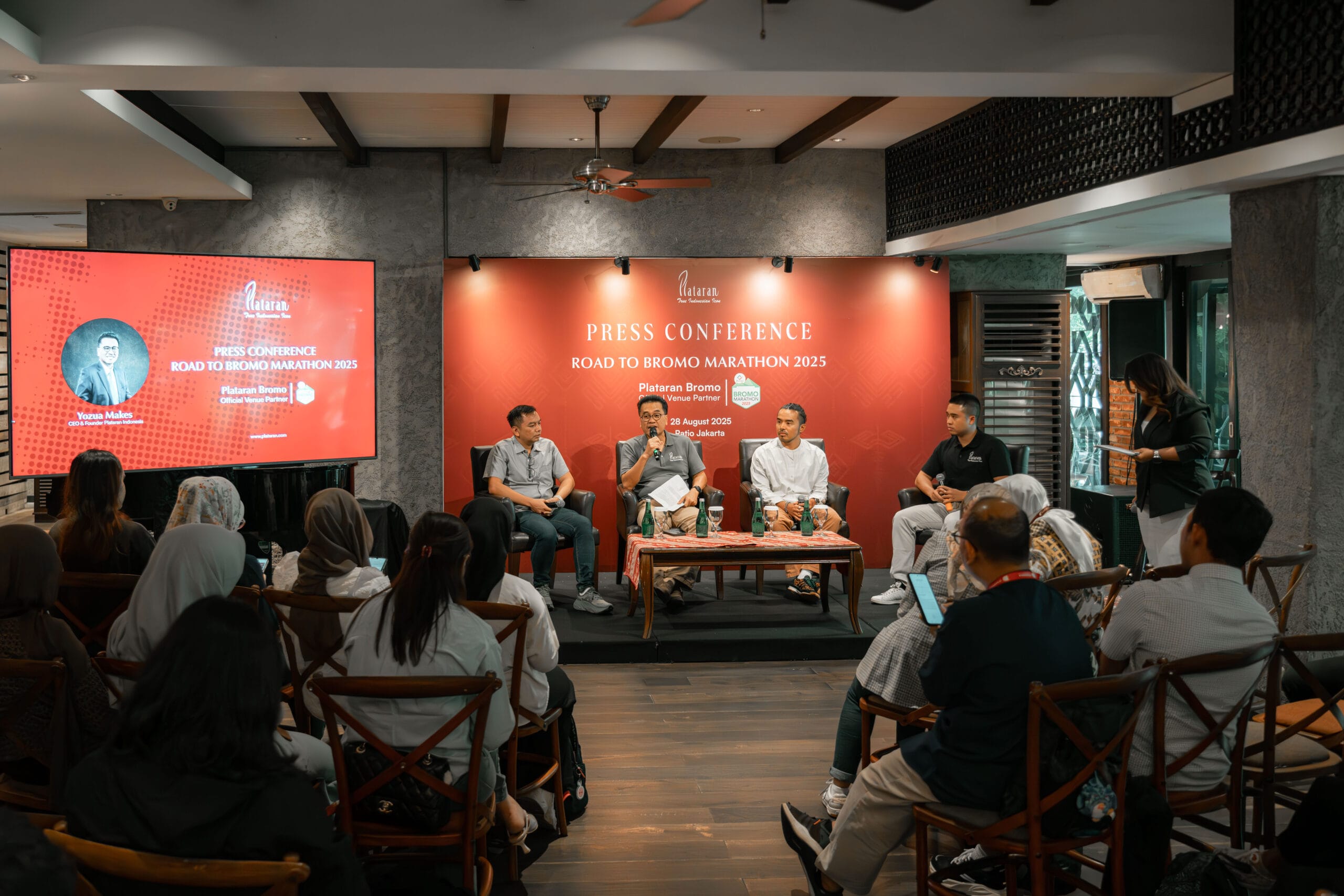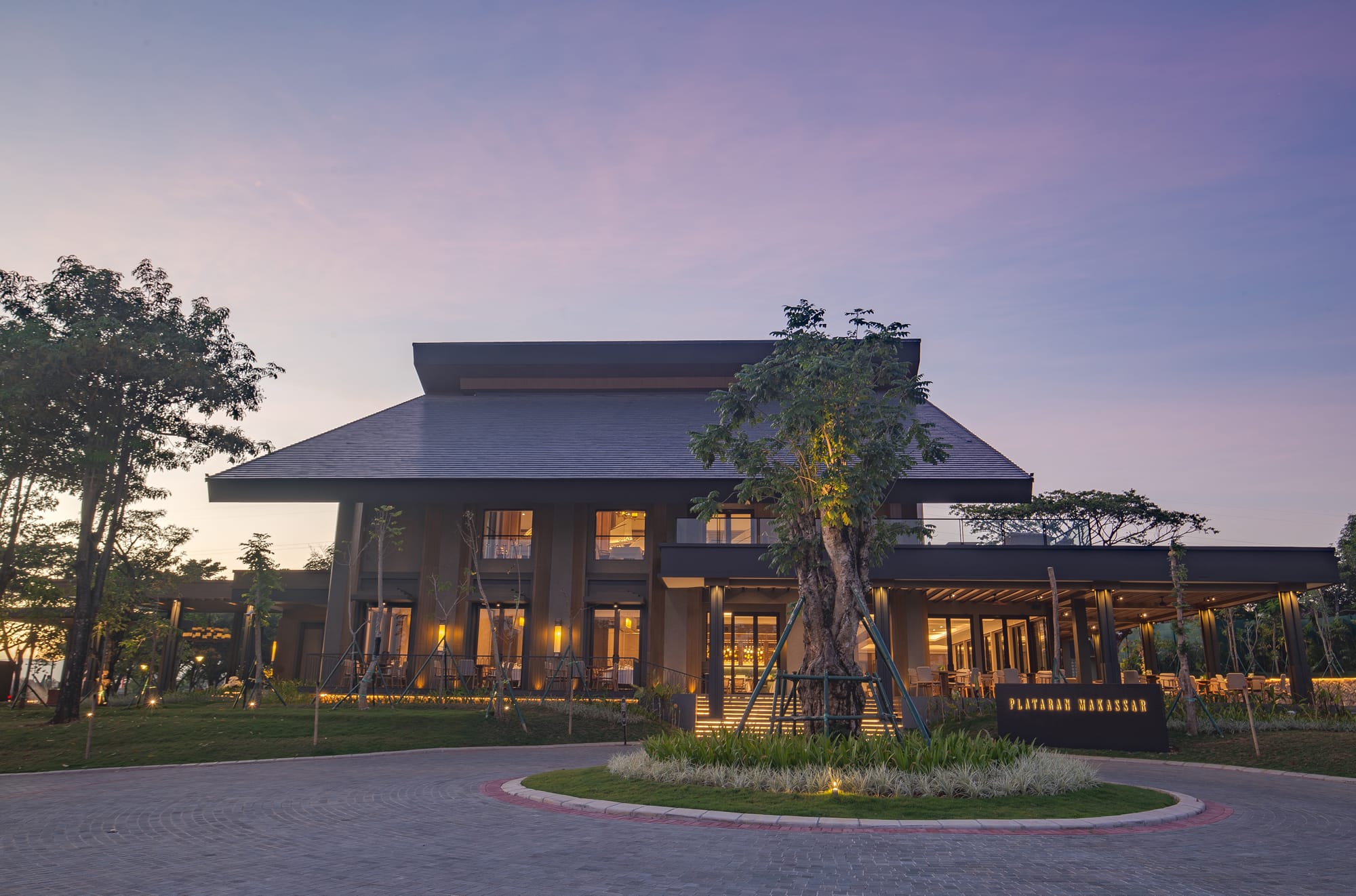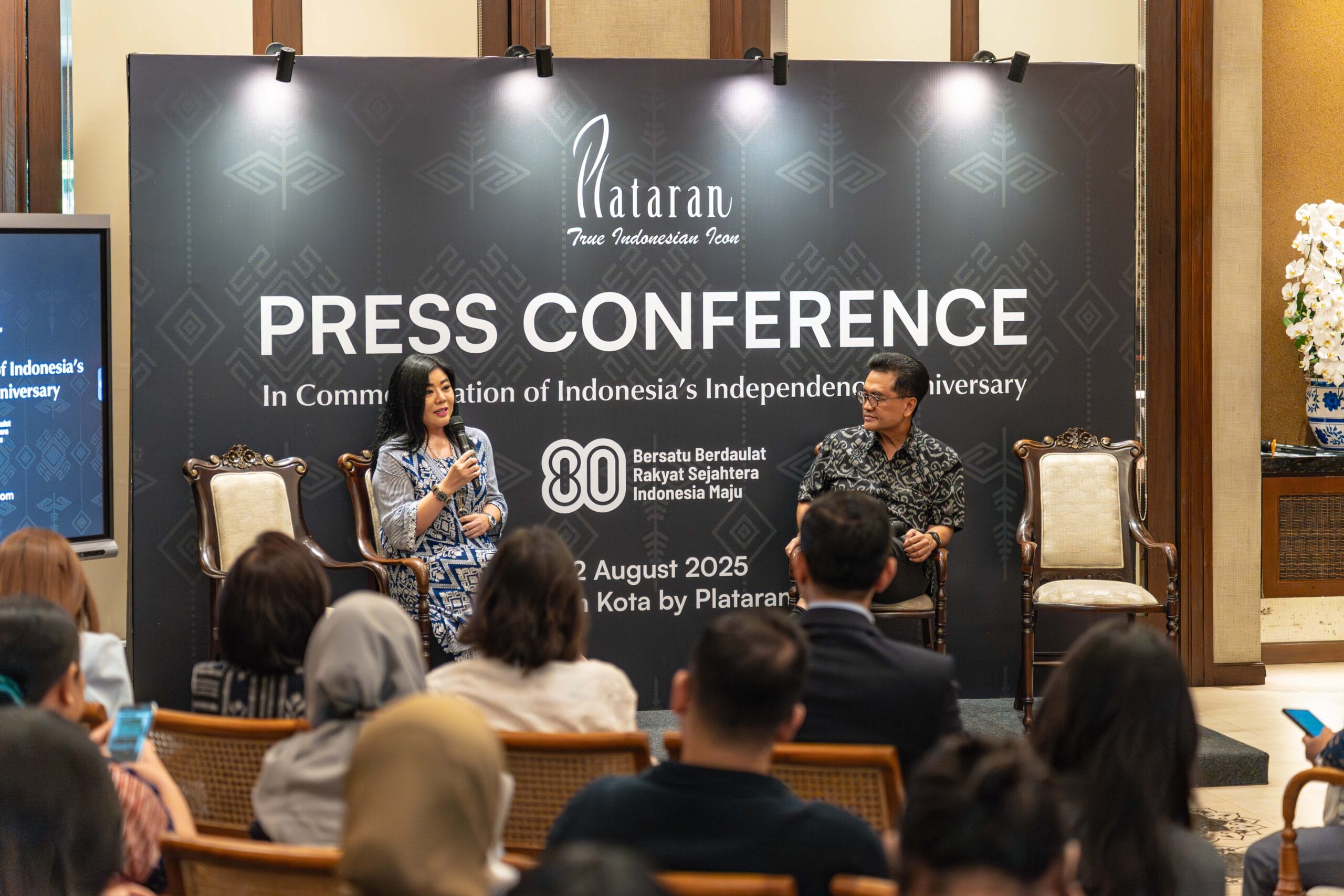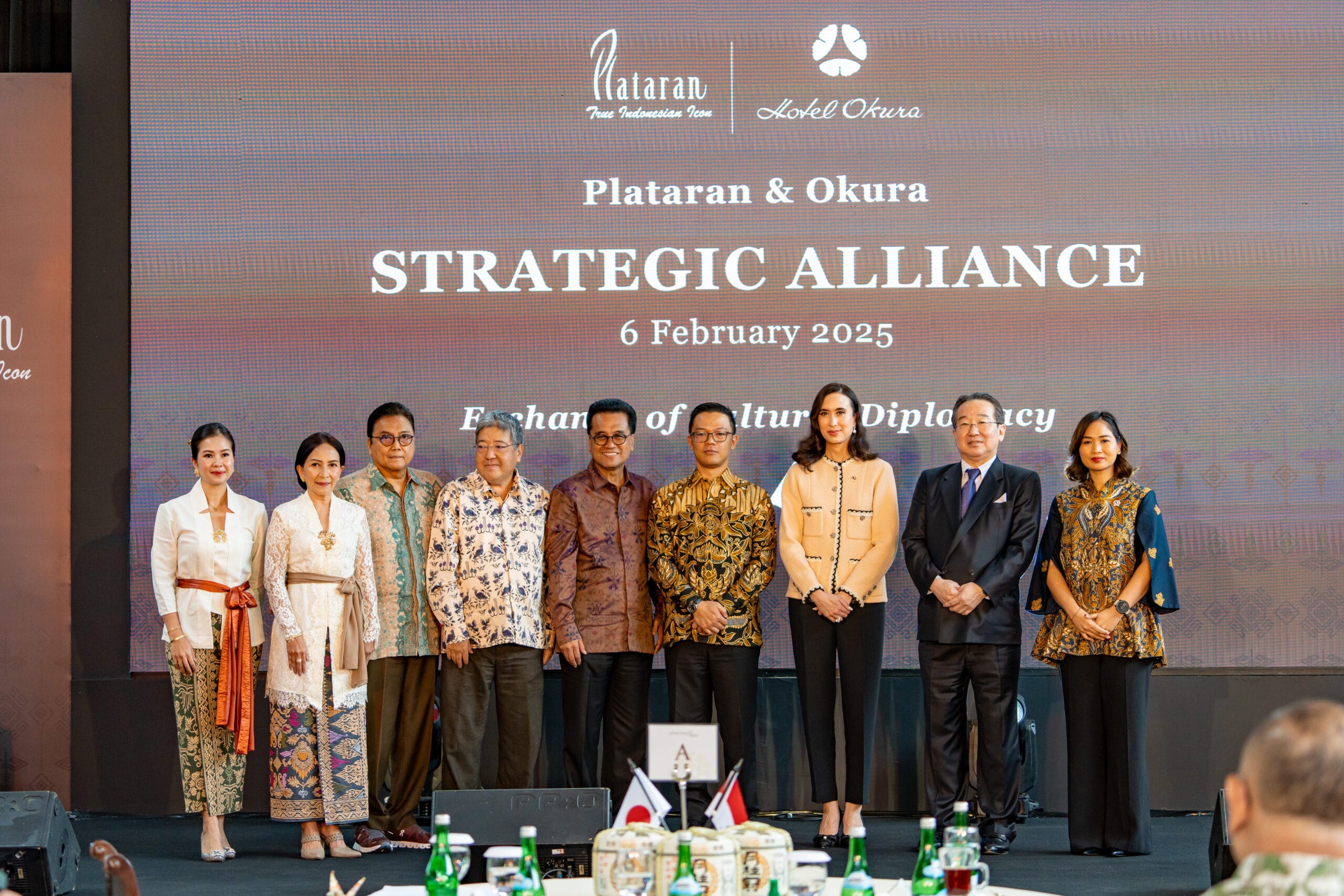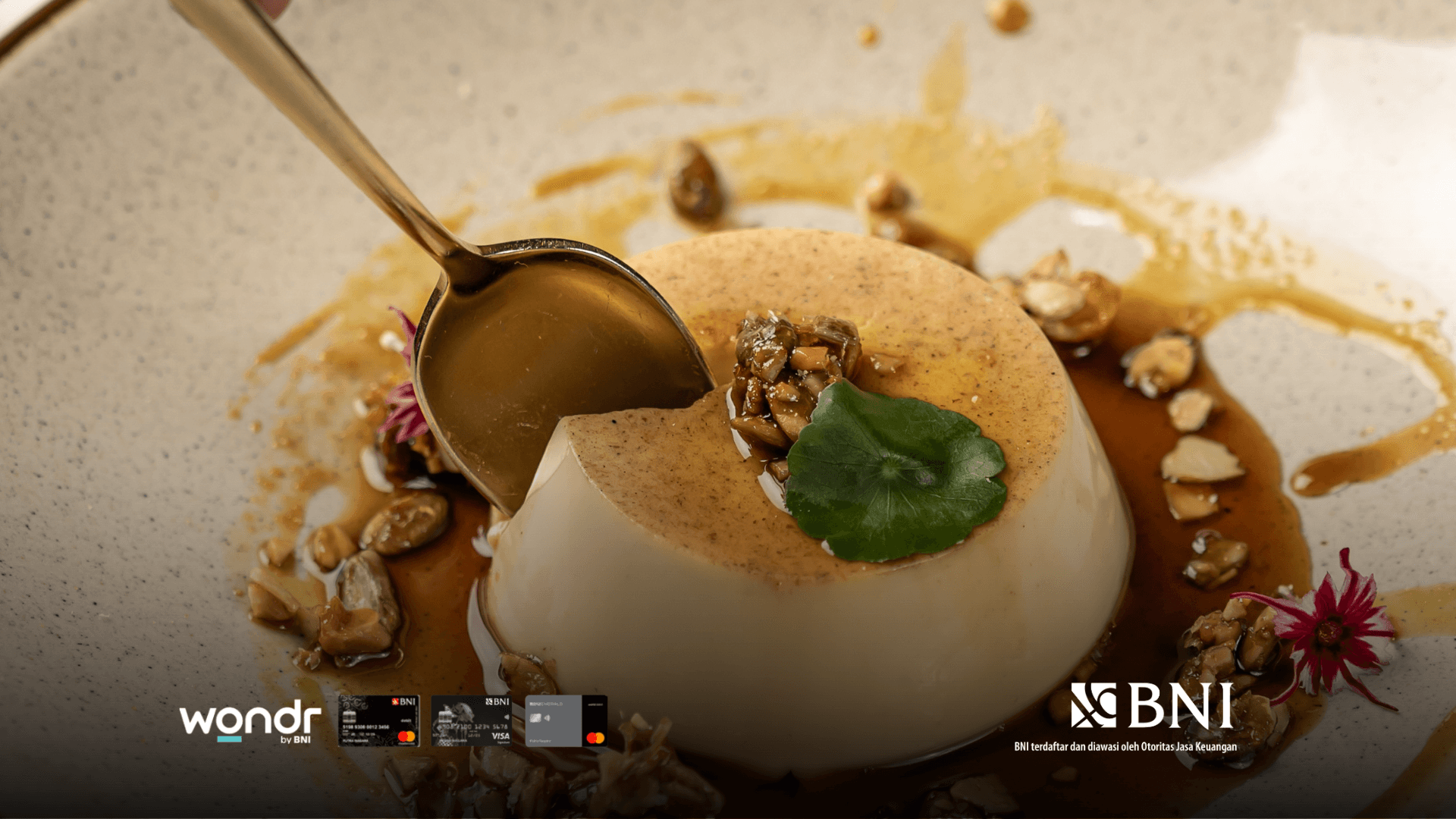This Javanese Retreat Rewrites the Script for Cultural Sightseeing
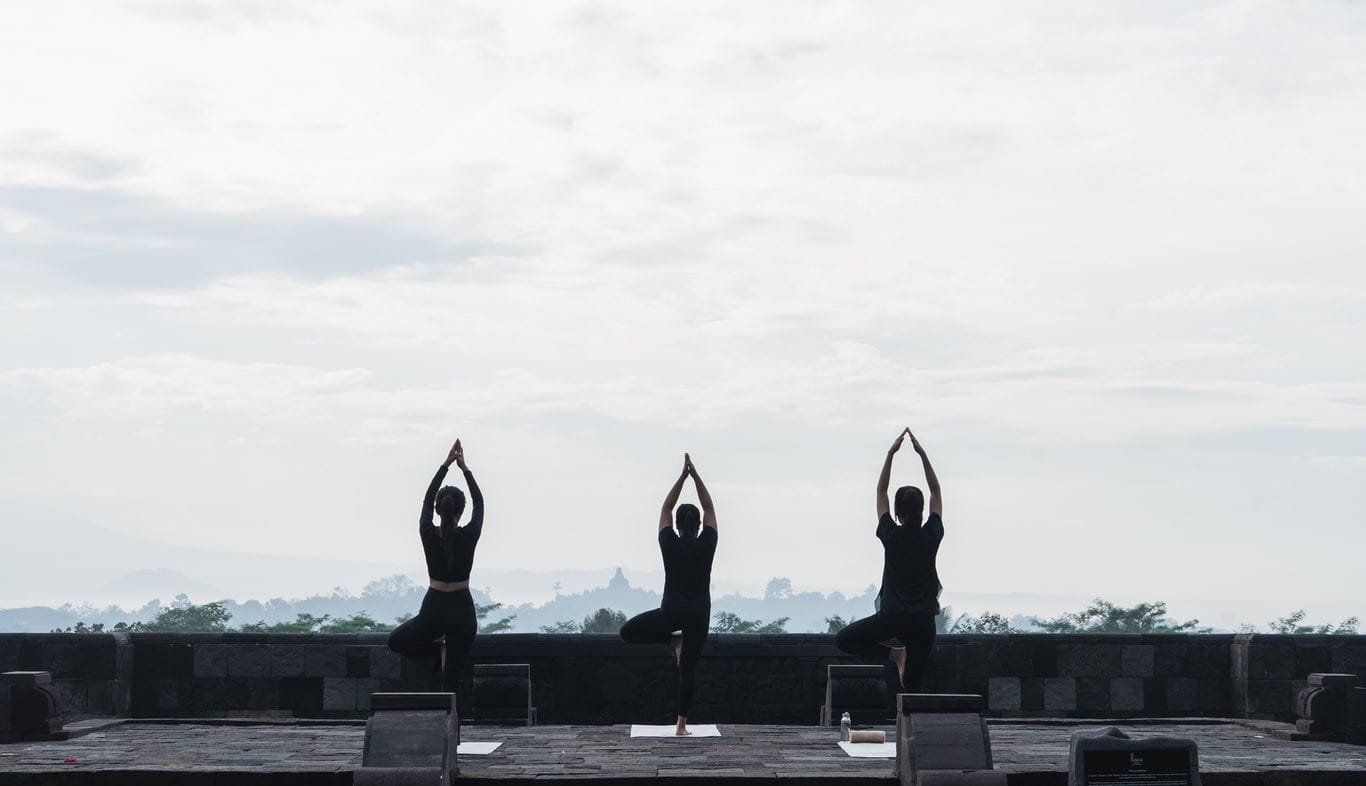
SOME PLACES have a different energy, like they’re running on another clock entirely. Borobudur is one of them. It’s not loud or flashy; it’s a quiet, massive presence you can feel from miles away. The whole Kedu Plain seems to move at a slower pace, with morning mist lingering in the air and the volcanic peaks of Central Java watching over, knowing everything. Seeing the sun rise here feels like unlocking a secret that’s a dozen centuries old—a feeling only intensified by Plataran Borobudur.
The drive from the airport to the resort was, as on previous trips, a forgettable tube of time between the plane and the hotel lobby. But this time, something was different. His name was Roni. He wasn’t just a driver; within minutes, he was more like a long-lost friend, pointing out his favorite spots and sharing stories that made the journey fly by. He set the tone for the entire trip. Case in point: a few days later, less than an hour after he’d found out I’d misplaced something, I get a message from him. He’d driven all the way back to the temple to pick up my shoes—shoes I hadn’t even noticed were missing. That’s the kind of place Plataran Borobudur is; the service is on a different plane of thoughtful.

The resort itself is nestled in the teak forests of the Menoreh Hills, and it’s been cleverly designed to make the most of its spectacular location. The name ‘Plataran’ means ‘courtyard’, and it truly is a front-row seat to one of the world’s greatest monuments. From just about anywhere on the property—the edge of the pool, the restaurant terrace, a path winding through the gardens—you can see the temple sitting there on the horizon, a constant, silent companion to your stay.
My villa, the Founder’s Home, was something else. It was more than a room; it was like stepping into a collector’s home, a grand residence steeped in a sense of history and charm. The whole space was a cool, effortless mix of East and West, of old and new. A magnificent four-poster bed, carved from heavy teak, held court in the middle of the room, its ethereal white canopy a soft, textural difference to the dark, grounding wood. In one corner, a vintage gramophone stood as a silent testament to a bygone era, while beautiful oriental vases added splashes of white and baby blue—curated pieces that gave the space a soul, making it both deeply Indonesian and wonderfully worldly.
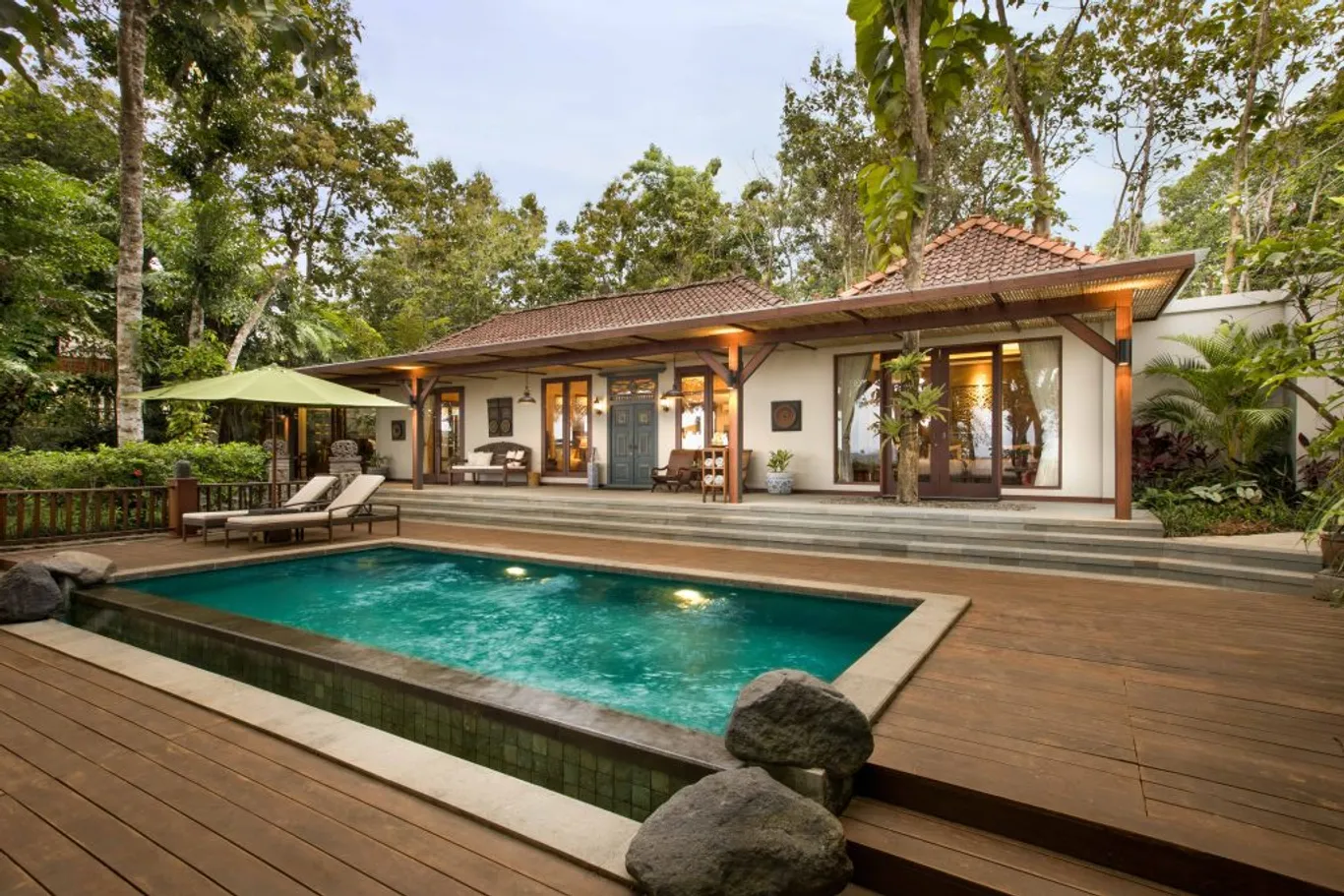
It was the kind of space you actually wanted to hang out in. I’d start my days by sliding open the heavy wooden doors, revealing a private pool that looked straight out into the jungle and the hazy blue hills beyond. It was the ideal spot to unplug and breathe, over a large pot of freshly brewed Javanese coffee.
That relaxed, authentic vibe extends to the staff. At Tiga Dari, one of the resort’s restaurants, I met Awang, whose energy was pure K-pop-boy-band-meets-five-star-service. He had this can-do attitude about everything and a smile that was completely natural. It’s the kind of place where the service feels like a real, human connection.
At Tiga Dari, the menu dives headfirst into the archipelago’s culinary heart. This is tradition retold with a contemporary polish. The iga bakar madu, for instance, are a glorious, sticky tangle of honey-glazed short ribs that surrender from the bone, their sweetness challenged by a fiery sambal that ignites the palate. Even appetizers here are layered in nuance, and not a little delight. The perkedel jagung—humble sweet corn fritters—arrive as golden, crisp-edged discs, each bite giving way to a satisfying crunch and bursts of sweetness from the plump, still-juicy kernels. They’re served with a sharp chili soy, a savory accomplice that slices through the sweetness with a jolt of heat and umami. It’s a clever take on a street-food classic, proving that the most compelling tastes are often ones found at a cuisine’s source.

A meal like that is a tough act to follow, but the day’s main event waits for no one. At 4:15 am, a bell rang at the villa gate. It was Bimo, who, despite a breezy, fun-loving personality, looked almost apologetic for waking me in the pitch black. He was my guide for a sunrise breakfast, and his good mood was impossible to resist, even at that hour. We headed to an open-air deck called Langit Borobudur, and as the sky shifted from black to purple to fiery orange, he and a chef laid out a breakfast spread of orange juice, fresh fruit, pastries, and English breakfast staples. Watching the first light hit the ancient stones of the temple is one of those moments you know you won’t easily forget.
But a front-row seat is one thing; stepping onto the stage is another. The main event, of course, was the excursion to Borobudur itself. This isn’t just some old temple; it’s the largest Buddhist monument in the world, built in the 9th century. For reasons historians still debate, it was abandoned a few centuries later, left to the jungle and volcanic ash, and was only properly unearthed in 1814 by Sir Stamford Raffles.

Today, visiting is a carefully managed experience. To protect the ancient volcanic stone, you have to trade your shoes for a pair of special felt-soled slippers. It’s a small, thoughtful act that immediately shifts your mindset from that of a tourist to a respectful guest. My guide, in a wonderful stroke of serendipity, was also named Roni. He led me up the stone stairways, past the thousands of intricate reliefs depicting Buddhist scripture and Javanese life from a millennium ago.
“It’s so peaceful here,” I remarked to Roni as we paused on a landing.
He nodded, then gave me a sobering image. When night falls and the heat of the day fades from the stones, he said, snakes glide out from the crevices between them.
“Large snakes?” I asked, probably a little too quickly. He simply smiled. “Small ones”.
It was a subtle reminder that even in the most serene places, there’s always something else stirring just beneath the surface.
When we reached one of the upper circular platforms, surrounded by 72 latticed stupas, each containing a statue of the Buddha, we found a tranquil spot. While tourists from Russia, Germany, China, and the rest of the world milled around us, a gentle murmur of different languages in the air, Roni and I did something no one else dared to: we sat down right on the cool stone floor. It seemed both completely natural and slightly rebellious. And it was there, sitting cross-legged in bedroom slippers, that something clicked.
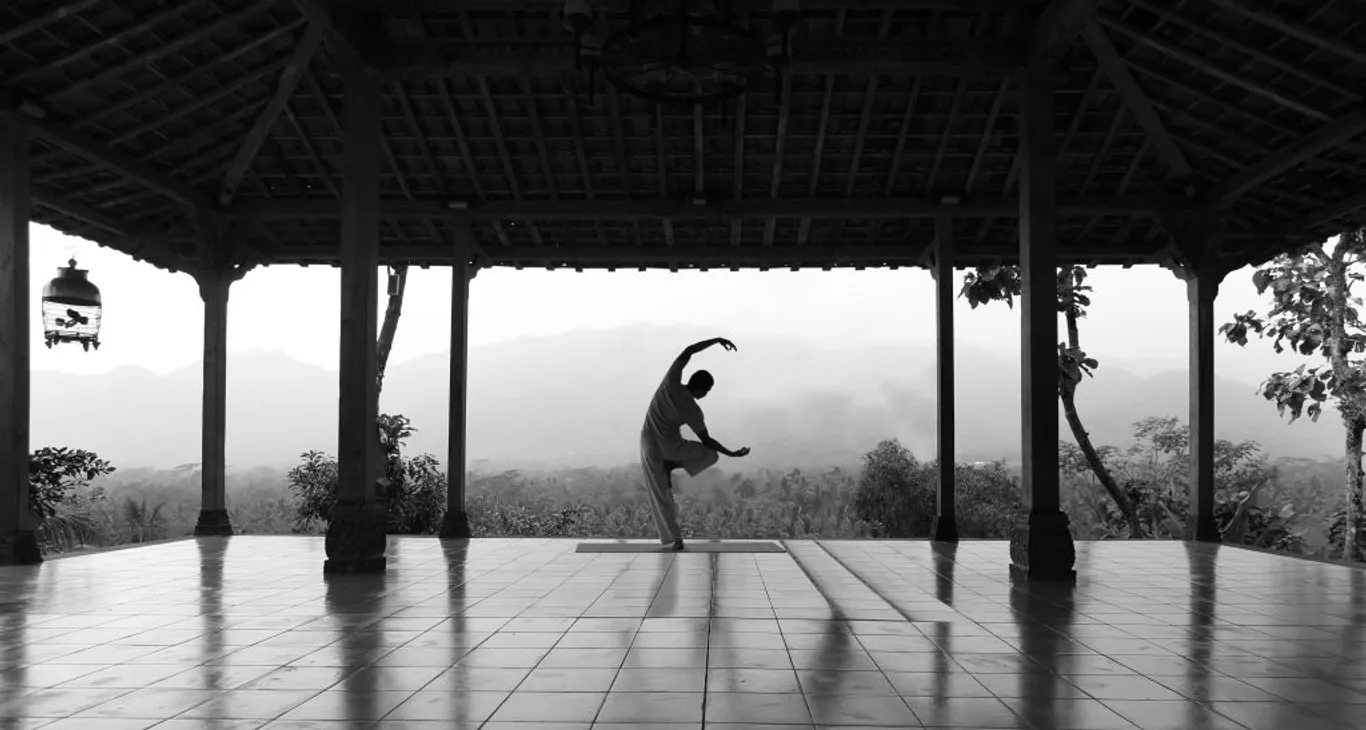
Of course, I wasn’t doing some scripted interpretation of meditation or ritual. Or worse, capturing content for the ‘gram. Surely that would have been too old, too basic, too base, and too boring. Let’s save that for those spiritual materialist folks in Sanur, Canggu or Ubud. Borobudur’s solemnity wouldn’t have allowed it anyway. I thought about the turn of events of the past five years, both in my own life and across the globe. And as I looked out from this ancient, sacred place, I realized that Borobudur has seen it all before. This monument, in its silent, patient existence, has witnessed countless cycles of human nature—the good and the corrupt, the noble and the diabolical. The current turmoils of the world are just another chapter in a very, very long book. Sitting there, I felt a sense of things come into honest focus.
That feeling lingered long after we left. To get the full picture of this area, you have to get out of the resort and into the villages. The grandness of the temple is anchored by the simple, timeless rhythm of life all around it. One afternoon, I hopped into a vintage VW Safari for a tour through the countryside, past verdant green rice paddies and small communities. The true luxury here isn’t always found on the menu. Sometimes, it’s the simple stuff, like the satisfying crunch of fresh tapioca chips from a village stall, that you remember most.
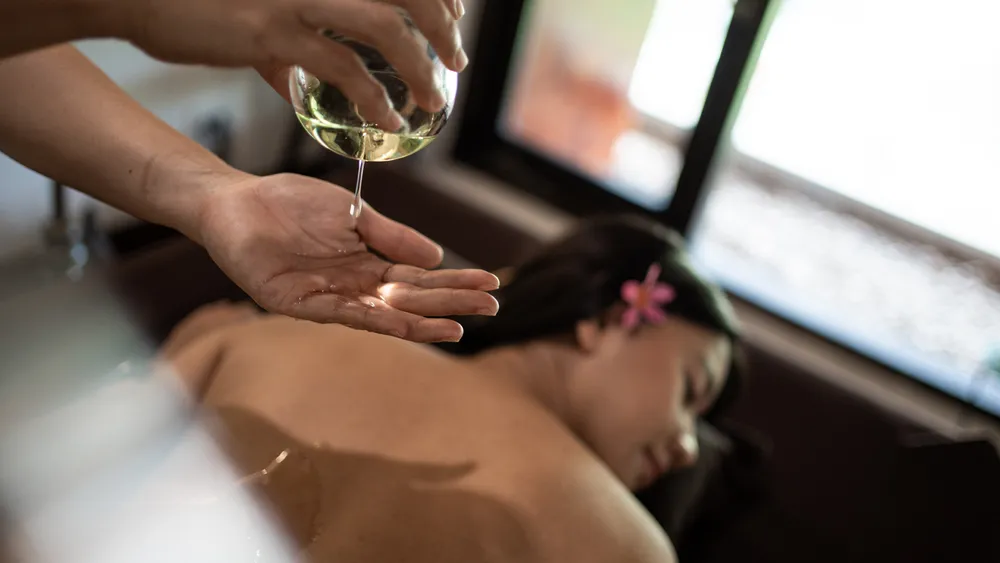
You even find these little surprises at the local convenience store. I picked up a Silver Queen milk chocolate bar—an Indonesian favorite—and it tasted exactly like something I’d buy at an Albert Heijn store in Amsterdam. You have to assume it’s a holdover from Dutch manufacturing techniques—one of colonialism’s more palatable by-products. These small moments of discovery are what make the place so memorable. It’s not just about seeing Borobudur, but about connecting with the life that buzzes all around it.
Perhaps the greatest reveal of Plataran Borobudur is this: it’s a place that gets its role perfectly, acting as the respectful host to something much bigger than itself. From a ridiculously relaxing massage and body polish at the spa, yoga by rice fields to the easy-going kindness of the staff, everything is designed to help you connect with this remarkable location. It’s the chance to feel part of something huge and ancient, and to do it in absolute comfort. And you can’t really put a price on the kind of clarity that gives you.
-
Article courtesy of Travel + Leisure Asia
More Entries
On February 20, 2025, the grandeur of Plataran Menteng set the stage for an exclusive evening celebrating the artistry of Tulola x..
On February 15, 2025, Plataran Puncak played host to the exclusive wellness retreat Earthbound Escape by Herworld, offering an unparalleled blend of..
On the serene weekend of February 15–16, 2025, Plataran Ubud, in collaboration with ION Water, hosted an extraordinary Wellness Weekend Retreat, bringing..
Plataran Indonesia is proud to announce its participation in the Grand Royal Wedding Expo 2025, one of the most prestigious wedding exhibitions..
Jakarta, 12 Agustus 2025 — Sebagai pelopor dan leader dari the Home of Next Level Indonesian Hospitality yang konsisten meraih berbagai penghargaan..
JAKARTA, INDONESIA and TOKYO, JAPAN, February 6, 2025 – Plataran Indonesia, known as the Home of Next Level Indonesian Hospitality and Hotel..
Unlock special privileges exclusive to BNI customers for every dine-in experience at selected Plataran Venue and Dining outlets. Exclusive Benefits: 10% savings […]
Discover the natural wonders of Indonesia with our Trail of National Parks package. Immerse yourself in luxury at Plataran Bromo, Plataran Menjangan, […]
The first campaign for Circle of Friends members to celebrate the partnership between Okura and Plataran. To celebrate this partnership, Okura Hotels […]

